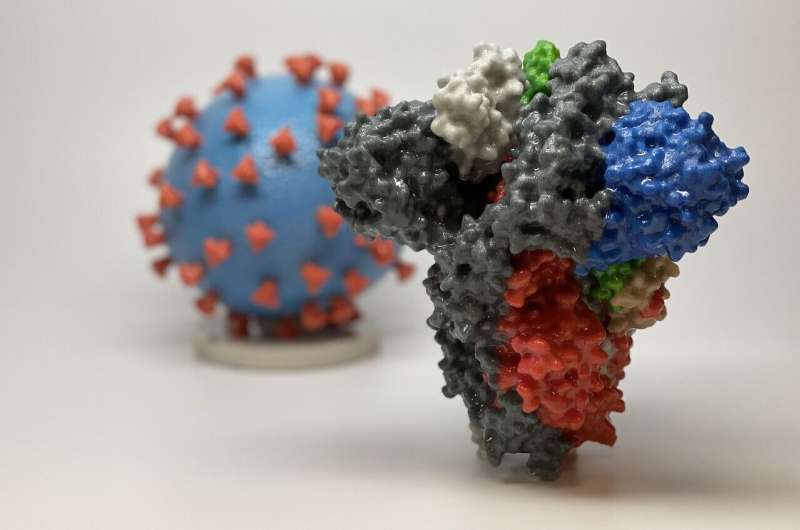Why are some COVID-19 infected people asymptomatic?

Researchers worldwide have been surprised to see that individuals can be infected with the SARS-CoV-2 virus—the virus that produces COVID-19—without showing symptoms. Since these individuals expose others to infection without knowing it, it is important to find an explanation and hopefully a solution to this.
On the inside of our lungs are specialized immune cells, called alveolar macrophages, which help maintain a healthy environment in the lungs. The lungs contain a large number of alveolar macrophages, so they are probably also the first cell type an invading virus encounters.
When the body recognizes a viral infection, our immune system initiates the production of interferons. Interferons are a group of cytokines that help shape the immune response and are therefore essential in the fight against a viral infection. Alveolar macrophages have previously been shown to produce large amounts of interferons upon infection with respiratory viruses, such as influenza.
SARS-CoV-2 is a respiratory virus that typically infects the outermost cell layer of the lungs, the epithelial layer. New research has shown that interferon production in the infected epithelial cells can be inhibited by the SARS-CoV-2 virus. This results in low interferon production and therefore also a limited activation of the immune system to fight against the virus. Although the epithelial layer is the target of the virus, it must be assumed that the first cell type the virus encounters is the alveolar macrophages, and therefore these cells are important for how quickly an immune response to a SARS-CoV-2 infection can be initiated.
Therefore, a team of researchers from Aarhus University and Aarhus University Hospital in Denmark set out to investigate how these important cells react to the SARS-CoV-2 virus. To answer this, they isolated the alveolar macrophages from lung lavage and examined the activation of the immune system in these cells when they encounter the SARS-CoV-2 virus.
The SARS-CoV-2 virus can hide its genome from being recognized
The results of their research show that alveolar macrophages effectively produce interferons when infected with known viruses, such as influenza. They have thereby confirmed that they have the potential to produce large amounts of interferons during a viral infection. Contrary to their expectations, the researchers saw no interferon production in the cells when the alveolar macrophages were exposed to the SARS-CoV-2 virus.
These results therefore suggest that the SARS-CoV-2 virus may hide its genomic material from being recognized in the alveolar macrophages, thereby not inducing the production of interferons. This is why there will be no activation of the immune system in the early stages of a SARS-CoV-2 infection, allowing the virus to spread further in the community before symptoms occur. However, more research is needed to understand how SARS-CoV-2 can avoid being recognized by the immune system.
More information: Louise Dalskov et al, SARS‐CoV‐2 evades immune detection in alveolar macrophages, EMBO reports (2020). DOI: 10.15252/embr.202051252





















